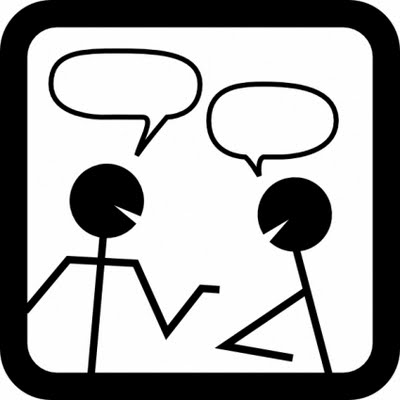So far this posting series has focused on connecting employees to their organizations as well as within their organizations. This week I’ll address the last of Internal Marketing’s Critical Connections — connecting employees with customers.
Customer-Focus is Key
It’s no secret that customers judge an organization and its brand by how well they’re treated by everyone in the organization they come in contact with. When asked why consumers switched companies, one study found that nearly 70% left because they felt the attention they got from the company was poor or they hardly got any attention at all!
Connecting employees with customers — ensuring employees are customer-focused — is a key component of internal marketing.
What does being customer-focused really mean?
It’s understanding your customers (including knowing who they are and what they want from your company), and it’s being attentive and responsive to their needs. To achieve even a basic level of customer-focus, employees need to be educated about your customers. They need to know:
- Who your customers are
- Why they come to your organization in the first place
- How they feel about your organization — from customer complaints, feedback, and satisfaction surveys. (See Pop Quiz: Customers 101.)
The more your employees know about your customers, they better they can serve them. So don’t forget to get employee input on how to improve customer satisfaction.
Here’s a thought-provoking starter question you can use in staff meetings. Ask employees: If you were head of this organization, what are the three things you would do to improve customer service or satisfaction?
Some other ways to connect employees with customers:
-
Host an “Open House” where you invite customers to your place of business to meet & mingle with staff. I remember hearing about a small company that would host small groups of clients on Friday afternoons (tied-in with the firm’s casual day) for a social hour.
-
On a much larger scale, General Motors Saturn car division hosts an annual get together of
Saturn car owners.
-
One of my favorite examples is
QuadGraphics, a Wisconsin-based printing firm that hosts a three-day “camp” where customers attend educational seminars and fun events to learn about printing processes… they also learn more about the company and connect with its staff.
-
At some catalog companies, employees will “mystery shop” the competition. They actually shop their competitors to learn what it’s like to call & place an order (either by phone or online), check out merchandise quality, or see what’s involved in handling a return. The value of this exercise (where appropriate & applicable) is that employees develop empathy for the customer experience + gain insight on how to improve their company’s own operations.
These internal marketing tools can be used with all employees, not just those with customer contact. But non-contact staff pose a unique challenge — in what additional ways can you connect them to customers?
I’ll cover that in the last post of this series.





